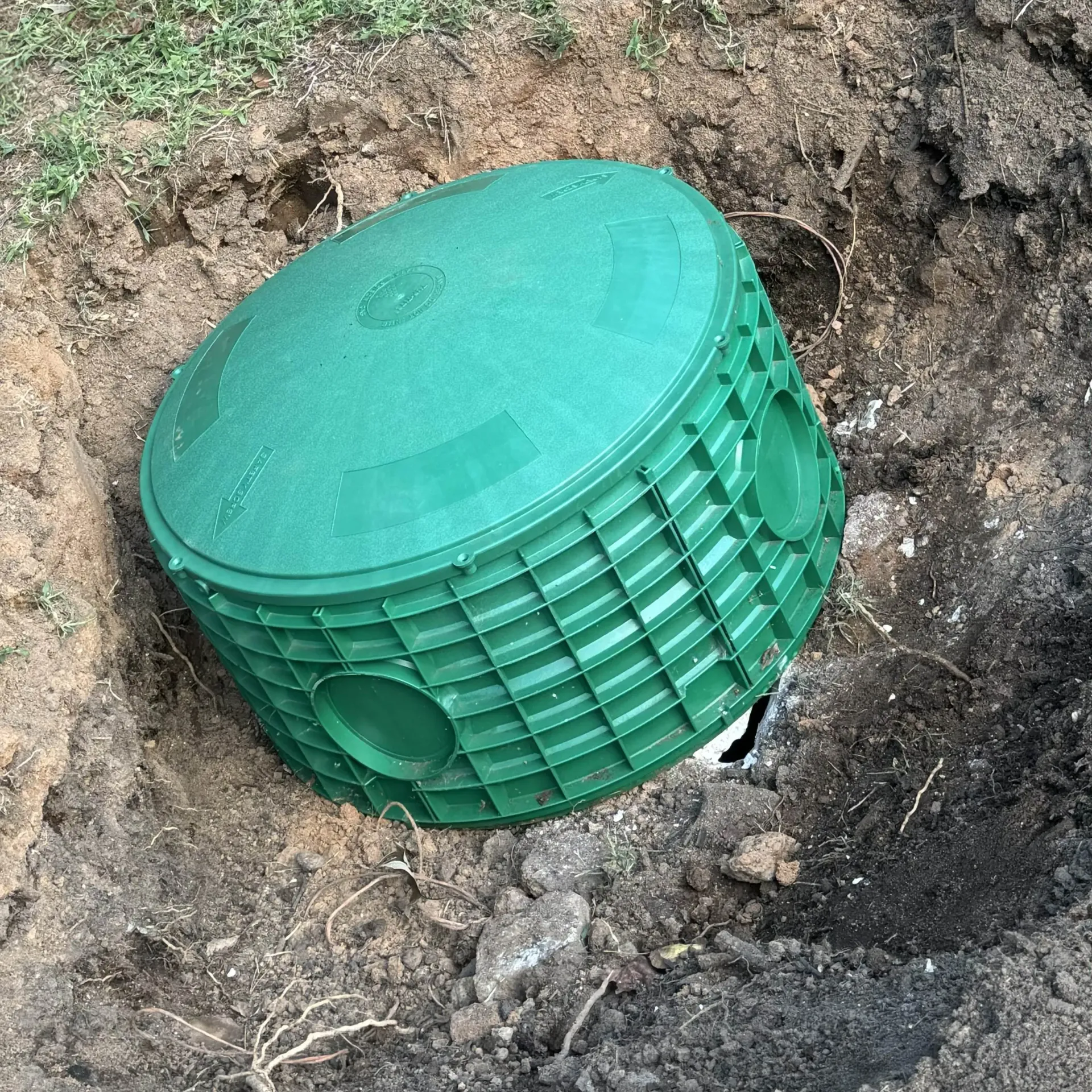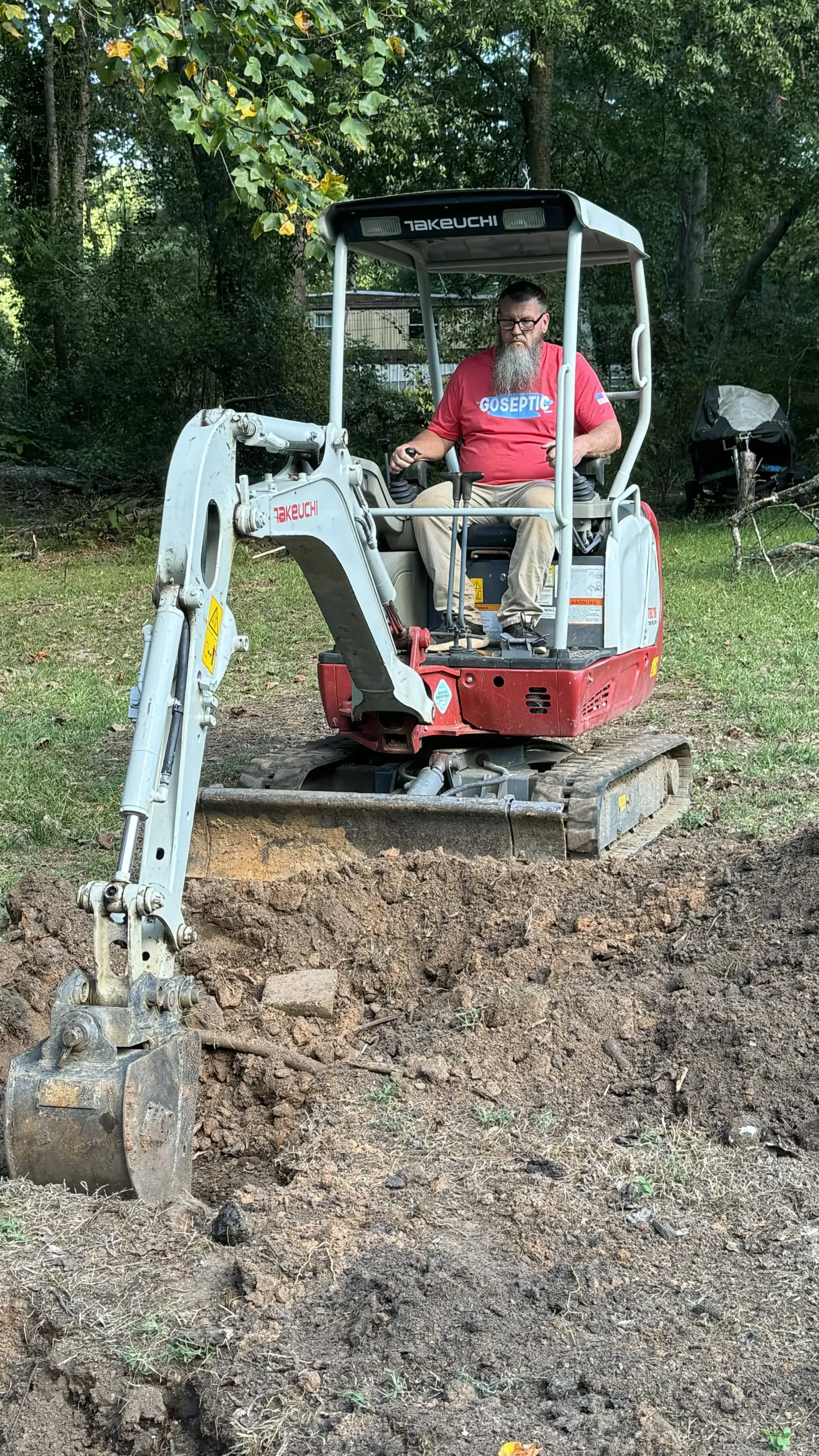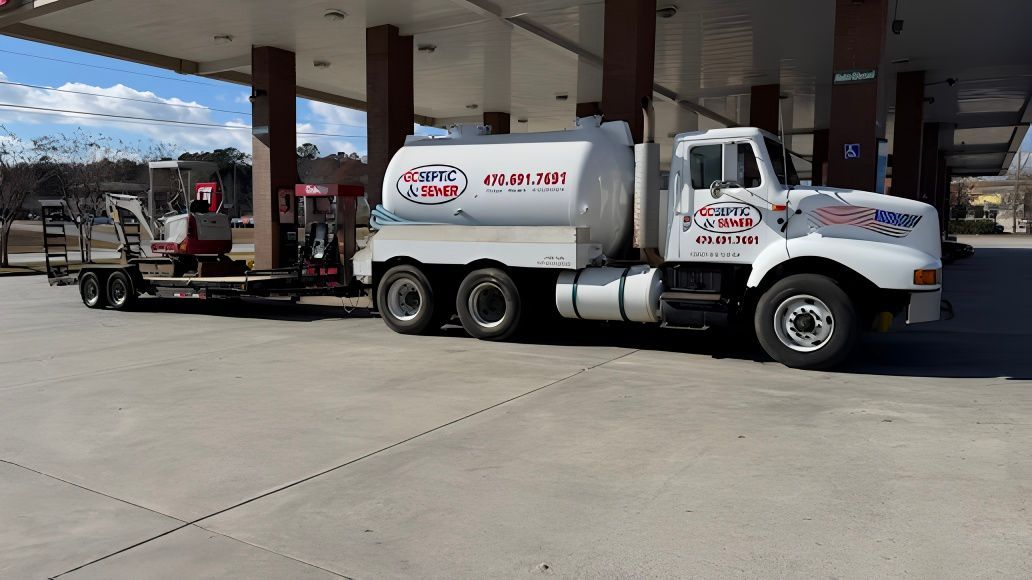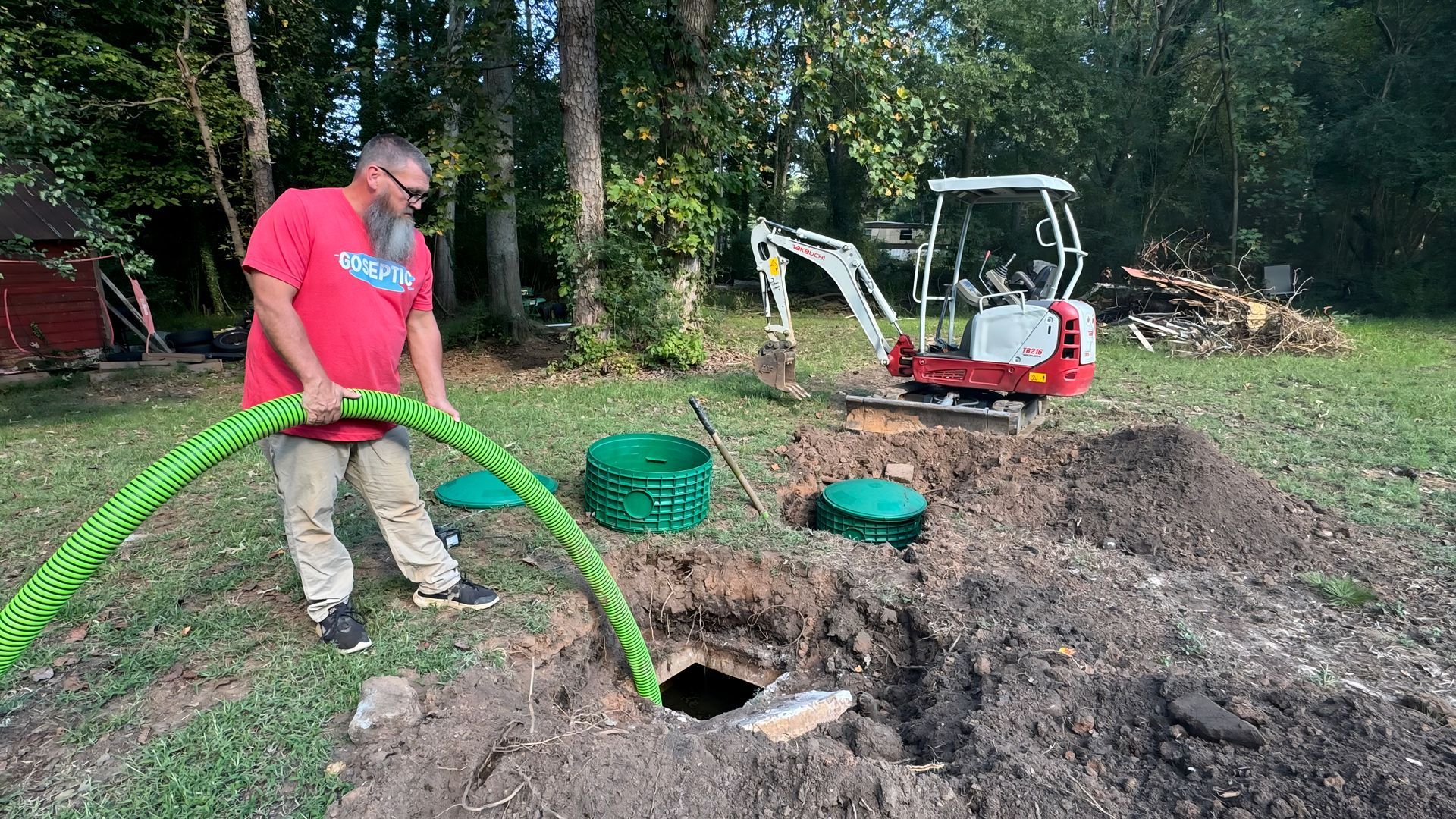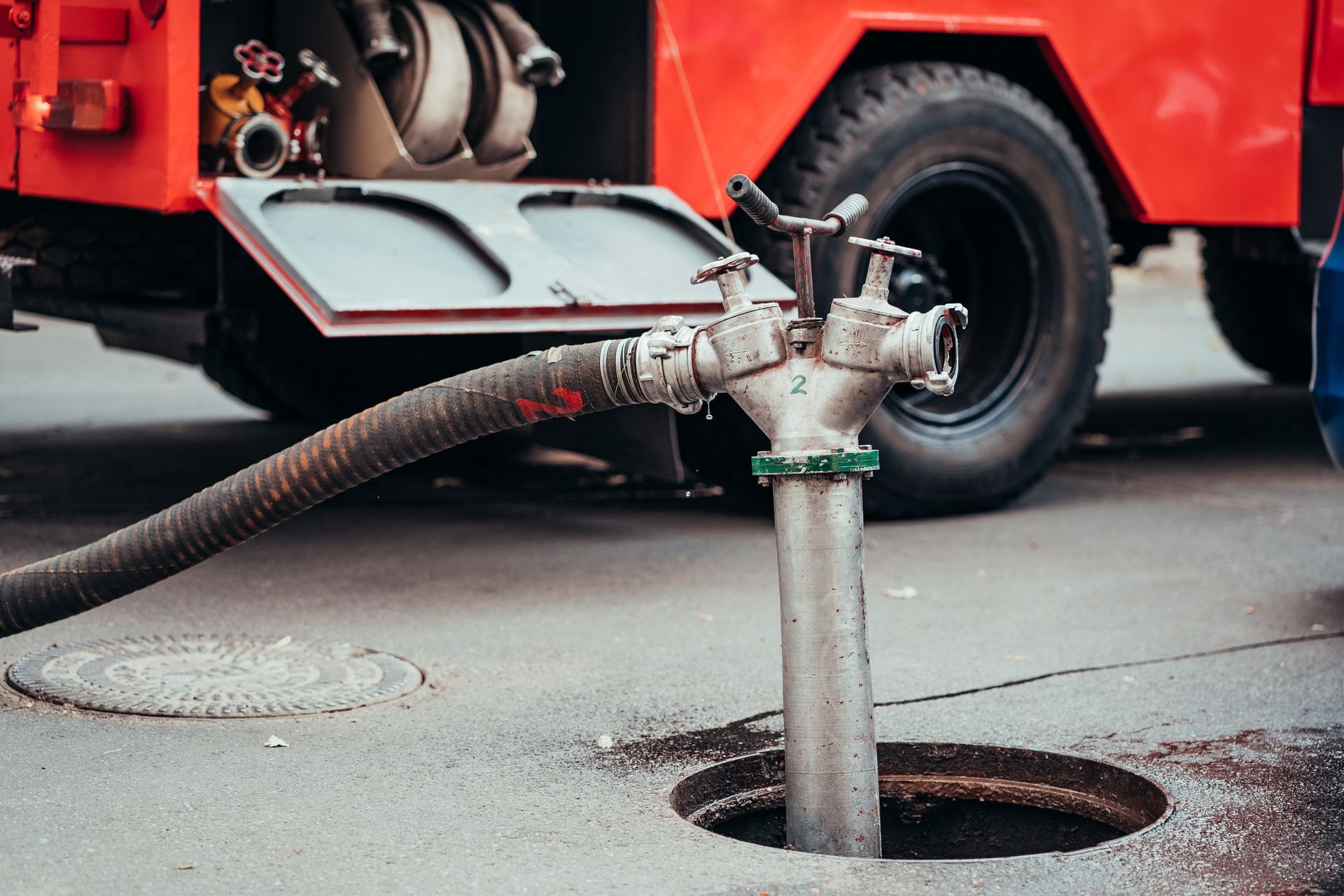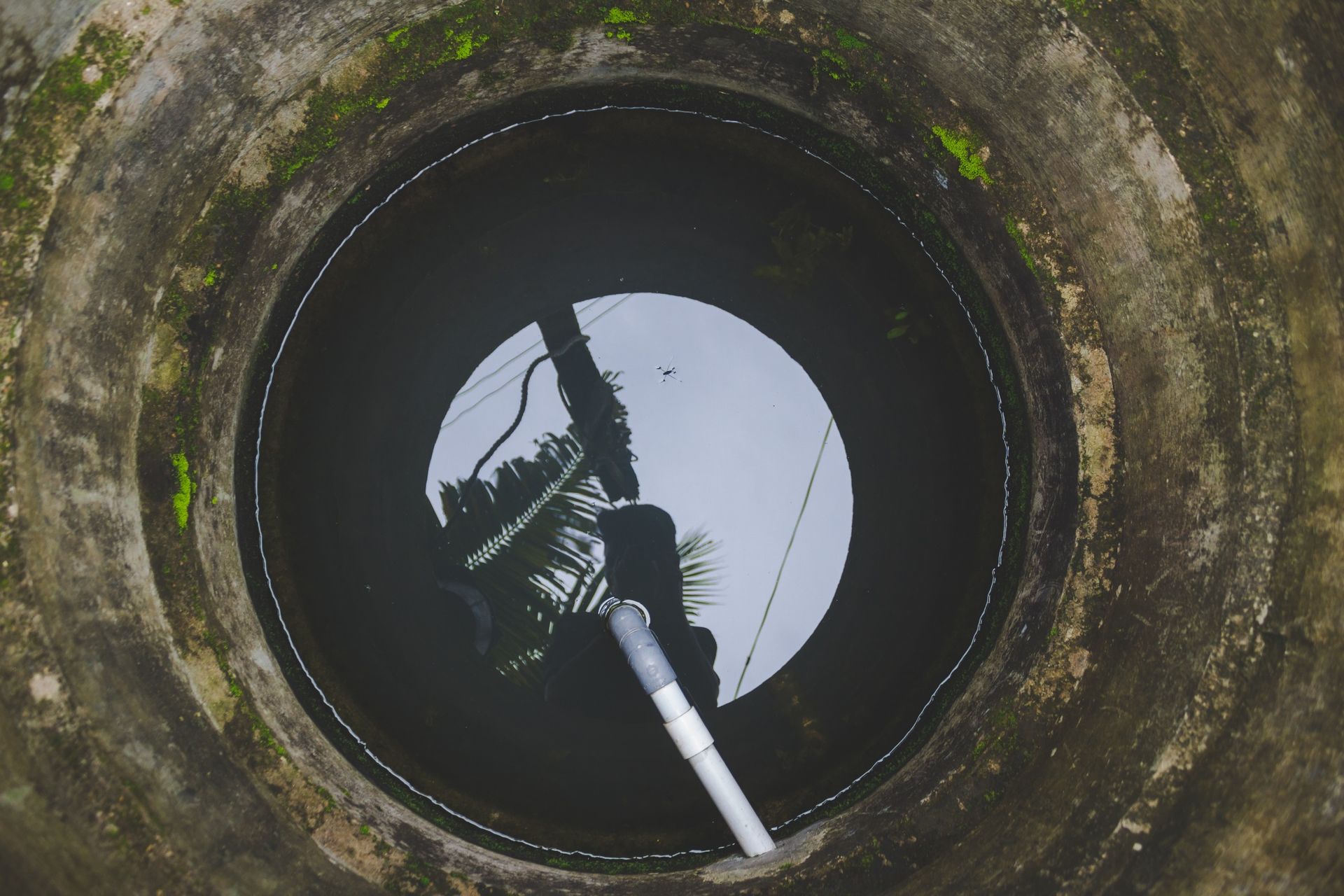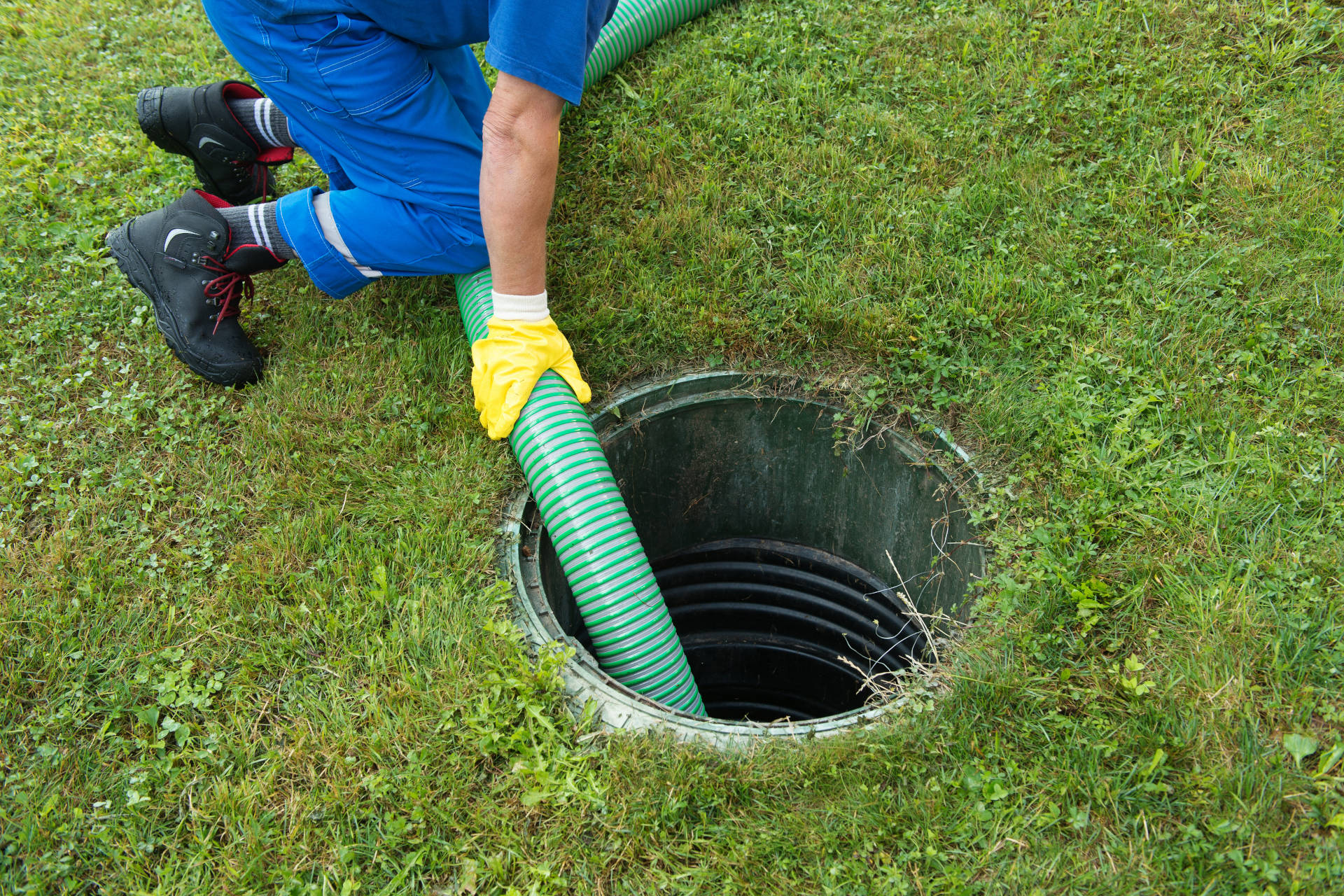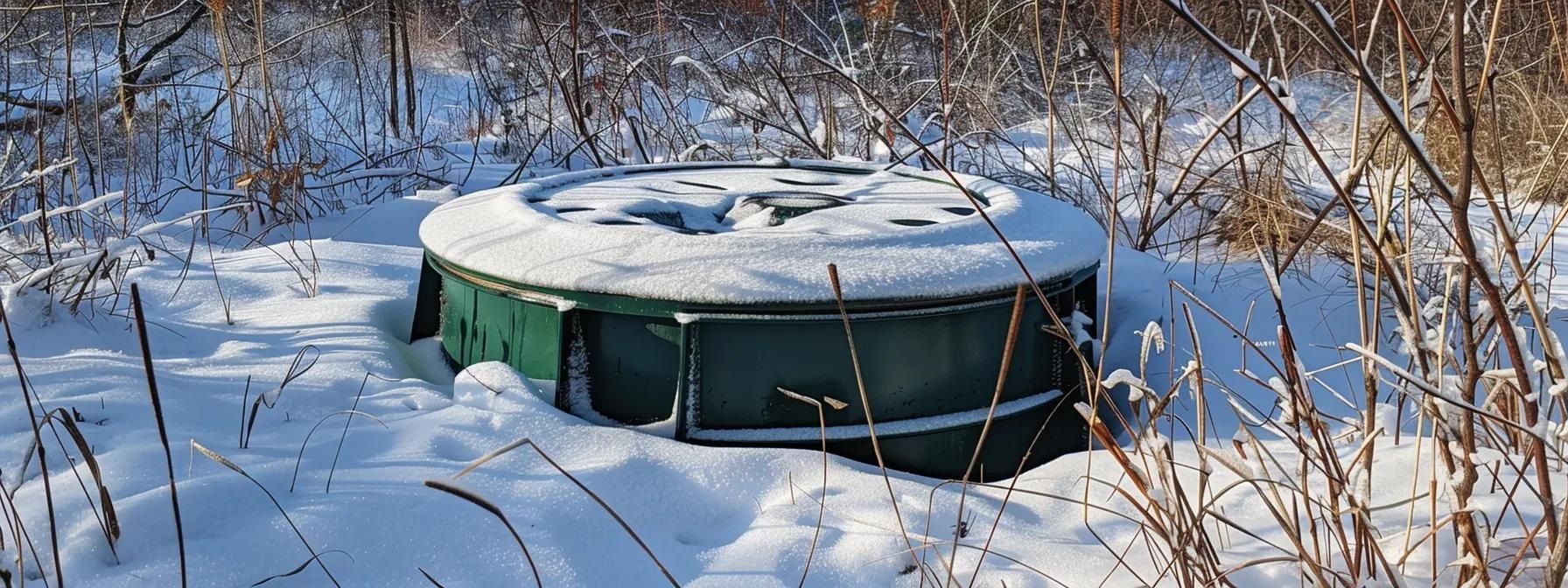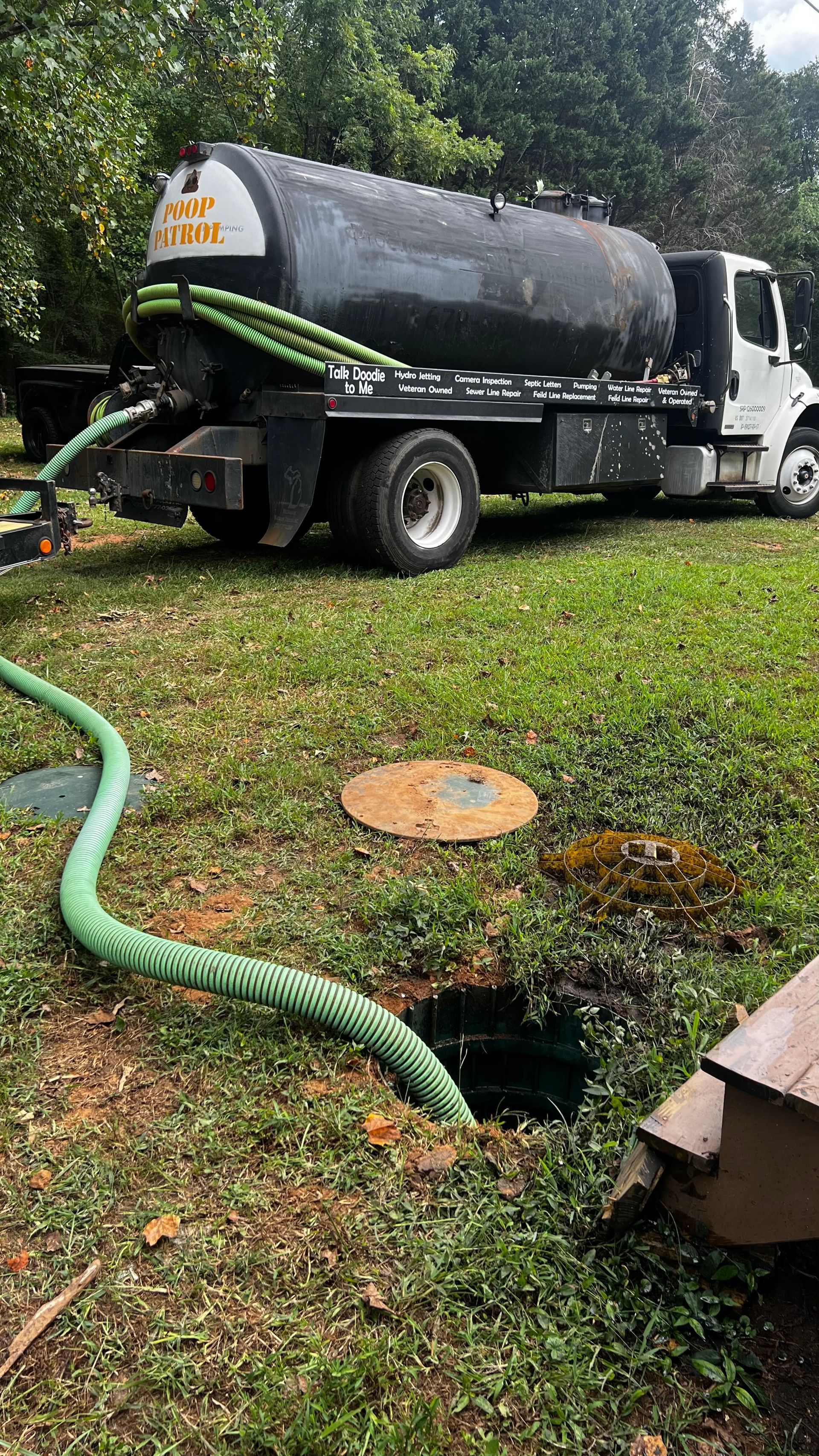Septic Tanks and Your Groundwater: What You Need to Know About Contamination, Effects, and Solutions
Your septic tank might be quietly impacting the quality of your well water by releasing harmful pathogens and nutrients into underground aquifers, putting your family's health and local environments at risk.
For homeowners in North Georgia who prioritize safe drinking water, understanding how septic tanks affect groundwater is crucial for responsible waste management and lasting protection.
This guide dives into the main causes of contamination, the consequences for public health, smart maintenance practices, alternative treatment options, relevant regulations, helpful resources, and ways to fix contaminated water, all while highlighting how GoSeptic Service provides expert
septic tank repair in Cumming.
The Hidden Impact of Septic Tanks on Your Groundwater Supply
- Failing or overloaded septic systems can leak pathogens and nutrients into aquifers
- Highest risk sites include high water tables, clay soils, steep slopes, and flooding
- Contaminated wells can cause GI illness and infant methemoglobinemia from nitrates
- Inspect yearly and pump every 3–5 years; test well water regularly to catch issues
- Consider ATUs or constructed wetlands; follow codes and keep records to protect groundwater
How Septic Tanks Can Contaminate Groundwater
Septic tanks can release pollutants into groundwater when partially treated wastewater seeps through overloaded drain fields, carrying bacteria, viruses, and excess nutrients into nearby aquifers. The soil's ability to break down waste can fail if the system is overwhelmed with solids, leading to untreated wastewater directly leaching into the ground. Knowing your soil's percolation rate and your tank's capacity is key to preventing contamination and keeping your underground water clean.
Which Contaminants Commonly Originate From Septic Systems?
Septic systems commonly introduce a variety of harmful substances into underground water sources, ranging from microscopic pathogens to nutrient and chemical residues.
| Contaminant | Category | Impact on Groundwater |
|---|---|---|
| Coliform bacteria | Pathogen | Can cause stomach issues |
| Nitrates | Nutrient | Can lead to methemoglobinemia (“blue baby syndrome”) in infants |
| Phosphates | Nutrient | Encourages excessive algae growth, harming aquatic life |
| Pharmaceuticals | Emerging contaminant | Can linger in aquifers, disrupting ecosystems |
| Viruses (e.g., enterovirus) | Pathogen | May cause various waterborne illnesses |
These contaminants show how septic wastewater can change aquifer chemistry and affect water safety, underscoring the importance of keeping your system in good shape.
Septic Systems: A Major Source of Contaminants in Drinking Water
A thorough study found that septic systems across the United States frequently release pharmaceuticals, chemicals from consumer products, and other potentially harmful substances into the environment.
These "contaminants of emerging concern" (CECs) often find their way into groundwater and drinking water supplies, posing health risks as many are known to disrupt hormones, potentially causing various health problems in both wildlife and humans.
What Environmental Factors Increase Septic Tank Leakage Risks?
Several site and climate conditions can increase the likelihood of septic leakage into groundwater:
- A high water table that keeps the drain fields constantly saturated
- Heavy clay soils that don't allow water to drain well
- Steep slopes that cause water to run off quickly and lead to erosion
- Flooding or prolonged periods of heavy rain
- Insufficient distance between the septic system and wells or surface water bodies
Identifying these factors helps in adjusting system design and maintenance schedules to minimize leaks and protect aquifers.
How Septic Systems Affect Water Quality and Public Health
What Are the Health Risks Linked to Contaminated Groundwater?
When pathogens and chemicals get into drinking water sources from contaminated groundwater, they can cause serious health problems:
- Gastrointestinal issues from bacteria like E. coli and enterococci
- Methemoglobinemia in infants due to high nitrate levels
- Viral infections, such as hepatitis, if viruses remain active
- Skin and eye irritation from chemical residues
Nitrate in Drinking Water
According to the National Library of Medicine, high levels of nitrates in drinking water can cause methemoglobinemia, often called "blue baby syndrome," in infants. This condition reduces the blood's ability to carry oxygen, leading to a bluish tint to the skin.
Nitrates can enter drinking water from various sources, including fertilizers, animal manure, and wastewater discharged from septic tanks.
How Does Septic Tank Pollution Impact Local Ecosystems?
Septic wastewater, rich in nitrates and phosphates, adds excess nutrients to streams and wetlands.
This can cause rapid algae growth that uses up oxygen, harming fish populations. Additionally, microbial contamination can alter the natural balance of microorganisms in soil and surface water, disrupting food chains and biodiversity.
Protecting aquifers and surface habitats requires both a properly functioning system and community awareness.
Why Is Monitoring Water Quality Near Septic Systems Important?
Regularly checking your well water for chemical and microbial levels can catch contamination early, preventing long-term exposure to unsafe pathogens or nitrates. Early detection allows for prompt septic system repairs or upgrades, safeguarding both your household's health and regional water resources, and building community resilience against hidden pollution.
Effective Septic Tank Maintenance Tips to Protect Groundwater
Inspect and Pump Septic Tanks Regularly
Septic tanks should be inspected every year and pumped every 3 to 5 years, depending on how many people live in your home and the size of your tank.
Regular pumping prevents solids from building up in the drain field and reduces the chance of wastewater leaking out.
Professional inspections by GoSeptic Service ensure that sludge and scum levels are kept within safe limits to protect your groundwater.
Watch Out for Signs of Septic System Failure or Leaks?
Homeowners should be on the lookout for these warning signs of a struggling septic system:
- Water pooling or persistently damp spots over the drain field
- Gurgling sounds coming from indoor drains or toilets
- Unpleasant sewage odors around your property
- Water draining slowly in sinks and showers
- Unusually green and healthy-looking grass over the septic system area
Noticing these symptoms early can lead to prompt maintenance, preventing further contamination.
Perform Regular Septic Maintenance Task
Consistent upkeep significantly reduces the impact of septic systems on groundwater:
- Use water wisely to avoid overloading the system.
- Avoid flushing grease, disposable wipes, and harsh chemicals down the drain.
- Schedule professional inspections and pumping services on time.
- Protect your drain field from heavy vehicles and trees with deep root systems.
- Keep accurate records of all service and maintenance for regulatory purposes and future property sales.
Taking good care of your system not only extends its lifespan but also helps protect your underground water supply.
Alternatives to Traditional Septic Tanks for Safer Groundwater
Aerobic Treatment Units
Aerobic treatment units (ATUs) introduce oxygen into wastewater, encouraging aerobic bacteria to break down organic matter more completely and neutralize pathogens before the treated effluent is released into the soil. This advanced treatment process reduces nitrogen and biochemical oxygen demand, resulting in a safer discharge that poses less risk to groundwater and surface water bodies.
Decentralized Systems Technology: Aerobic Treatment
According to the Environmental Protection Agency (EPA), Aerobic treatment units (ATUs) are advanced wastewater treatment systems that use oxygen to improve the breakdown of organic matter, producing higher-quality effluent than conventional septic tanks.
This superior treatment lowers biochemical oxygen demand (BOD), suspended solids, and nitrogen levels, making ATUs a practical choice for sites not suitable for traditional septic systems or for replacing failing ones.
Constructed Wetlands
Constructed wetlands function as natural filters, utilizing wetland plants and microbial communities to remove nutrients and pathogens from wastewater.
As effluent flows through gravel beds and plant root systems, nitrogen is converted into harmless nitrogen gas, and bacteria are trapped or consumed, producing high-quality water that presents a minimal risk of groundwater contamination.
When Should Alternative Septic Systems Be Considered?
Alternative septic systems become necessary in situations such as:
- Soils that are shallow or don't drain well
- Water tables that are high seasonally
- Proximity to sensitive natural areas or drinking water wells
- Restrictions on expanding conventional drain fields
Evaluating site limitations early on helps ensure that advanced treatment solutions are chosen to protect aquifers.
Regulations and Guidelines that Govern Septic Tank Impact on Groundwater
Local health departments set rules for how far septic systems must be from wells and water bodies, tank sizes, and drain field dimensions.
The EPA's Clean Water Act and Underground Injection Control program also mandate proper system design and maintenance to prevent septic-related contamination. Following these standards creates a crucial safety net for protecting our aquifers.
How Do Inspection and Permitting Processes Ensure System Safety?
Permitting processes confirm that the soil is suitable, the system is designed correctly, and it's installed properly to reduce the risk of failure.
Mandatory inspections when a system is installed, or when a property is sold or transferred, verify that everything meets code and help identify any issues that could threaten groundwater quality.
What Responsibilities Do Homeowners Have Under These Regulations?
Homeowners are responsible for obtaining permits for new installations or repairs, keeping inspection records, and adhering to required pumping schedules.
Following these maintenance requirements not only ensures you're complying with the law but also helps maintain the health of your local aquifer.
How Education and Awareness Can Reduce Groundwater Pollution From Septic Tanks
Educational materials like guides from county extension services, fact sheets from state environmental agencies, online webinars, and local septic system workshops provide essential knowledge about how systems work, best maintenance practices, and strategies for protecting groundwater.
These resources empower homeowners to make informed decisions
Why Is Community Involvement Key to Protecting Groundwater?
When communities work together, it fosters shared monitoring efforts, neighborhood education campaigns, and collective support for stronger regulations. When homeowners collaborate on responsible septic system care, local water tables stay healthier, and regional ecosystems receive an extra layer of protection.
How To Identify and Address Groundwater Pollution From Septic Tanks
Detecting septic system impacts on groundwater involves:
- Tests for coliform and E. coli bacteria to measure microbial presence
- Analysis of nitrate and nitrite levels to assess nutrient loads
- Screening for emerging contaminants like pharmaceuticals and personal care products
Regular well water testing by certified laboratories confirms the safety of your aquifer.
How Are Septic System Repairs Prioritized to Prevent Pollution?
The urgency of septic system repairs is determined by how severe the failure is, how close it is to water sources, and the potential risks to public health. Systems showing direct wastewater discharge or high levels of contaminants are addressed first to stop ongoing pollution and protect community wells.
What Remediation Options Exist for Contaminated Groundwater?
When aquifers become contaminated, specific cleanup methods can help restore water quality:
| Remediation Method | Mechanism | Application Scenario |
|---|---|---|
| Pump-and-Treat | Pumps contaminated groundwater to the surface for treatment | High levels of nitrate contamination |
| In-Situ Bioremediation | Introduces substances to encourage pollutant-eating microbes | Localized spills of nutrients or organic matter |
| Permeable Reactive Barrier | Uses filter materials to break down contaminants as groundwater passes through | Long-term control of contamination plumes near septic sites |
Choosing the right solution depends on the type of contaminant, how widespread it is, and the local groundwater conditions.
Conclusion
Keeping your septic system in good working order and catching problems early are the most effective ways to prevent groundwater damage.
By partnering with GoSeptic Service for professional inspections, timely pumping, and expert septic tank repair Cumming homeowners trust, you can ensure your water supply remains safe.
Protect your family’s health and your local environment today by scheduling a thorough septic system evaluation.

